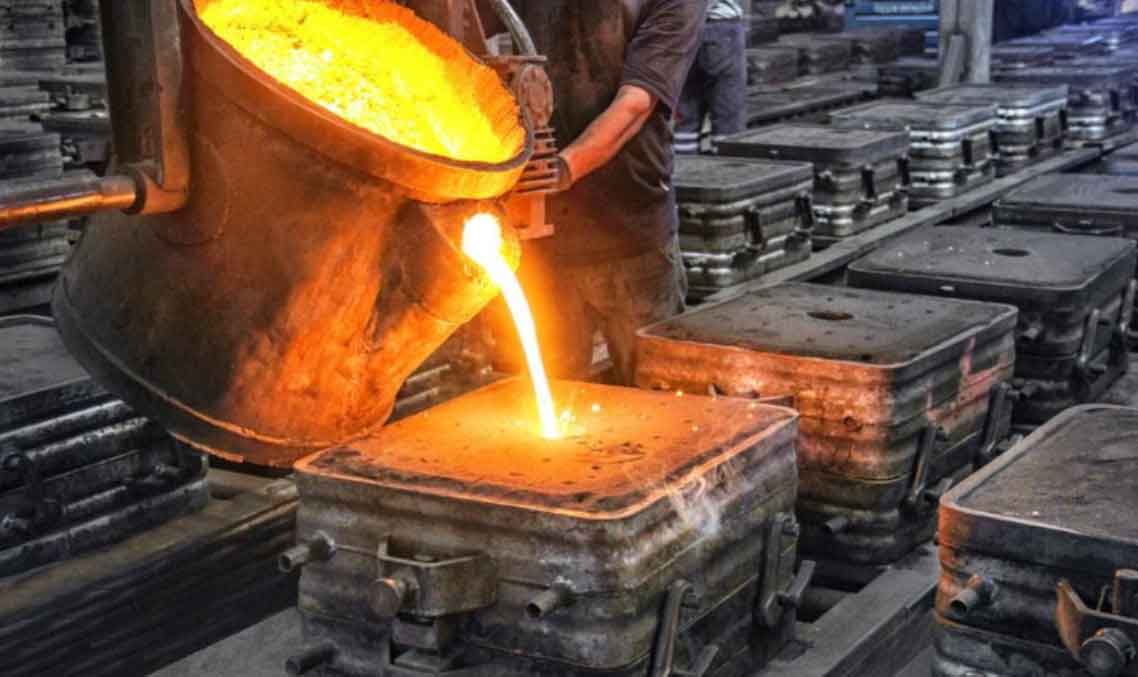
The sand casting manufacturer’s workflow encompasses various stages from the initial design phase to the final delivery of the castings. Each step in the workflow is crucial in ensuring the production of high-quality and accurate castings that meet customer requirements. Here is an overview of the typical workflow followed by sand casting manufacturers:
1. Design and Engineering:
- The workflow begins with the design and engineering phase. Manufacturers work closely with customers to understand their requirements and develop detailed casting designs. Advanced CAD software and simulation tools are used to optimize the design and identify potential issues.
2. Pattern Making:
- Once the design is finalized, a pattern is created. The pattern is an exact replica of the desired casting and is slightly larger to account for the shrinkage during solidification. Patterns can be made from wood, plastic, metal, or even 3D-printed using additive manufacturing techniques.
3. Mold Preparation:
- A two-part mold is prepared around the pattern to create the cavity for the molten metal. The mold material is typically a mixture of sand and a binder that holds the sand grains together. Additional cores may be added to create internal features.
4. Molten Metal Pouring:
- The mold is prepared for pouring by creating gating and risering systems. Molten metal is then poured into the mold cavity through the gating system.
5. Solidification and Cooling:
- The molten metal cools and solidifies inside the mold. The cooling time depends on the metal’s size, thickness, and cooling rate.
6. Mold Breakout and Casting Removal:
- After solidification, the mold is opened, and the casting is removed. Sand molds are typically destroyed during the process, and new molds must be created for each casting.
7. Finishing and Inspection:
- The casting is removed from the mold, and any excess material, such as gating systems or risers, is cut off. The casting then undergoes various finishing processes, such as grinding, machining, and surface treatment, to achieve the desired specifications and surface quality. The casting is inspected for any defects, and non-destructive testing methods may be employed for quality assurance.
8. Packaging and Delivery:
- Once the casting has passed all quality checks, it is ready for packaging and delivery to the customer. The castings are carefully packed to prevent damage during transit and delivered to the customer’s specified location.
Throughout the workflow, sand casting manufacturers implement quality control measures and process optimization to ensure consistent and high-quality castings. Collaboration with customers and open communication are essential to meet specific requirements and address any challenges that may arise during the manufacturing process. The workflow may vary slightly based on the complexity of the project, material selection, and other specific considerations.
